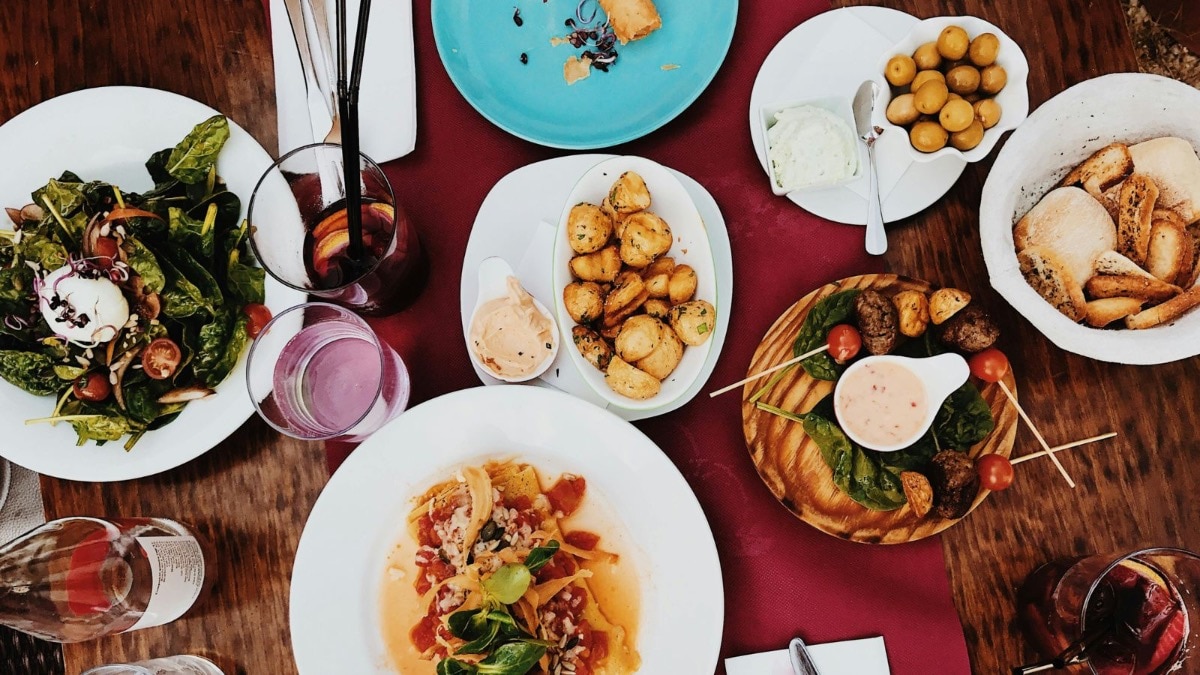How The Bombay Canteen, Bandra Born, Farmlore and other restaurants are championing ingredient-led menus in India
Cuisine-agnostic menus that spotlight regional, seasonal produce have caught the fancy of both diners and chefs.


What do a confit duck leg lollipop, a dish served at Ekaa; gongura and mulberry popsicle, a dessert at Masque; and ‘Cherri Panni’, a main with pork belly and cherries on the menu at Farmlore have in common? They’re all the products of restaurants that are about putting ingredients first, and cuisine later.
It might be unfathomable to imagine a restaurant that is not dictated by a specific cuisine, but Indian chefs are converting that imagination into reality by thinking outside the box and not conforming to rules. Instead, they are letting ingredients do all the work, supported by stellar technique.
Ahead, discover what entails an ingredient-forward restaurant, the challenges that come with it, the changing perception and palate of Indian diners, and the way ahead.
Where the ingredient, and not the cuisine is the star
When asked what an ‘ingredient-driven restaurant’ means to him, chef Hussain Shahzad, executive chef at The Bombay Canteen, O Pedro, and Veronica’s, is quick to point out that even though the term is trending right now, the concept is not new. “What else could a menu be, if not ingredient-led? Cooking without ingredients just wouldn't be cooking. So, while this term might be in the spotlight now, it's always been at the heart of cooking since forever,” he says.
Chef Gresham Fernandes, who helms the kitchen at Bandra Born, the twelve-week pop-up housed in the same location as the iconic Salt Water Café, agrees saying that at their core, even cuisine-centric restaurants are guided by ingredients and the seasons. He explains that the modern ingredient-driven restaurants are less focussed on a particular theme or region, and more on what’s available at the moment and in season.
That is one of the reasons why chef Johnson Ebenezar, chef patron and co-founder of Bengaluru-based Farmlore, decided to make ingredients the main star at his celebrated farm-to-plate restaurant. “Ingredients make up most cuisines, so we thought of making them the most important aspect of the dish,” he says.
Room for creativity and a chance to highlight local produce
For chef Fernandes, it was less about being cuisine-agnostic with Bandra Born, but more about showcasing all the minute communities that make up Bandra and spotlighting the way they cook, and their inspirations throughout the years. That is why you’ll find a ‘Bandra Boy Breakfast’ of eggs, chorizo, and potato rubbing shoulders with the East Indian-inspired Lamb Lonvas at the restaurant. According to him, ingredient-led restaurants also give an opportunity for the chef to be in charge of the menu and can be a platform for him to play with the food.
Of course, when you have a restaurant labelled as ‘ingredient-led’ you can’t hide behind fanciful techniques and gimmicks if the produce itself is not good. That is why you’ll find such spots have ever-changing menus that rely on the best seasonal produce. At Bombay Canteen, for instance, the new winter menu has dishes like Roasted Hara Chanaa Salad that makes the most of the hyper-seasonal fresh green chanaa (chickpea) and the classic dessert, Strawberry and Cream that features local strawberries. For chef Shahzad, ingredients are one of the best ways to showcase seasonality, as they help create dishes that aptly capture the essence of the season. He explains, “We prioritise working with ingredients rather than strictly adhering to set recipes, as that allows us to celebrate the rich and vibrant flavours that the season offers.”
Not without its challenges
While working with local and fleeting ingredients is a boon, it is also one of the biggest challenges, with sourcing specialised and quality produce being a task. Chef Shahzad puts that down to the need for growing food for the masses, as the demands of feeding a large population like India’s supersedes that of growing premium ingredients.
For chef Ebenezer, trying to break the perception of people was another challenge. “When we started, people posed a common question—“what cuisine are you?” and we had a difficult time trying to convince them that a cuisine can be created around local ingredients,” he says.
The times they are a-changin’
Slowly and surely, more Indian diners today are opening up to the idea of giving ingredient-led menus a try. Chef Ebenezar agrees that the acceptance has been higher due to globalisation and social media, where people are seeing how restaurants like Noma are telling a story through a single ingredient. It’s just not the diner who has been influenced by global trends and techniques, it’s also the chef. “Chefs who travel abroad often bring back a range of ingredients and techniques, seeking to incorporate them into their menus at home and share these new culinary experiences with their local audience,” he explains.
The future holds more potential for ingredient-led menus
With more and more restaurants across the country choosing to go the ingredient-led path, the concept will only expand in the coming years. While one of the reasons is the Indian diner’s evolving palate, it is also bolstered by a growing interest among chefs to cook seasonally and mindfully, and pay due homage to local ingredients. Chef Fernandes agrees, “I definitely think there will be more restaurants that will open up like this as people want something different. And we’ll always have chefs who love ingredients and are working towards understanding what is in season and trying to cook more sustainably.










